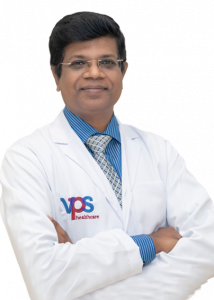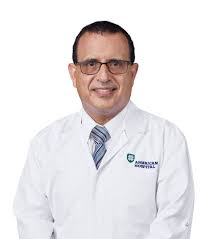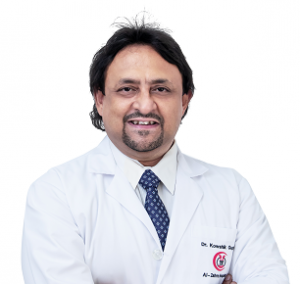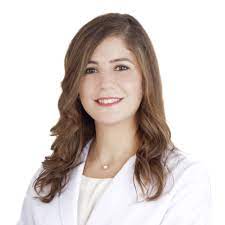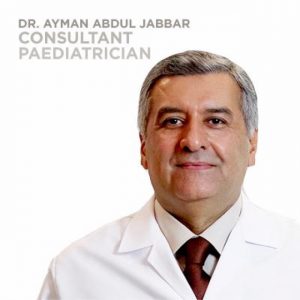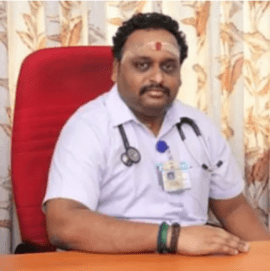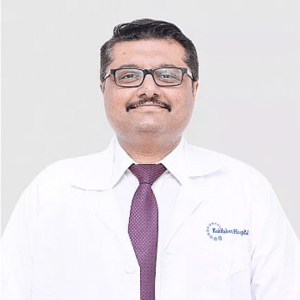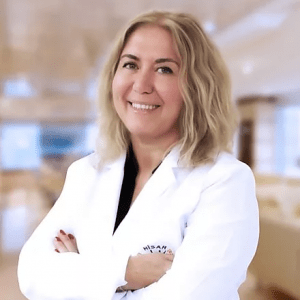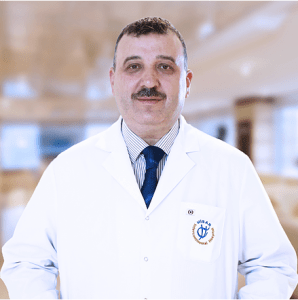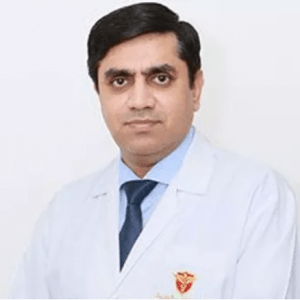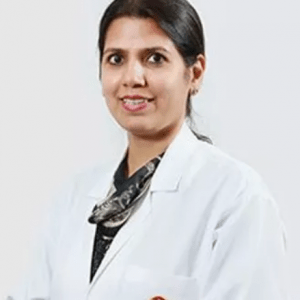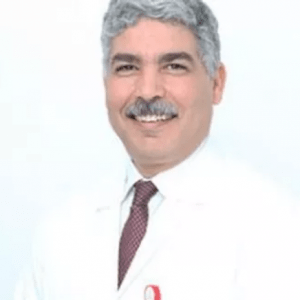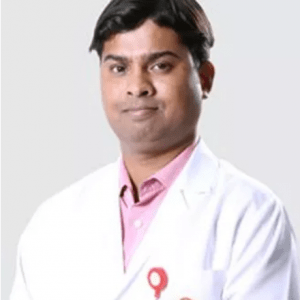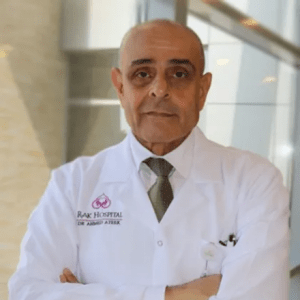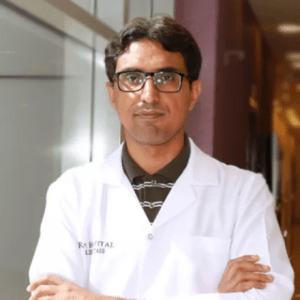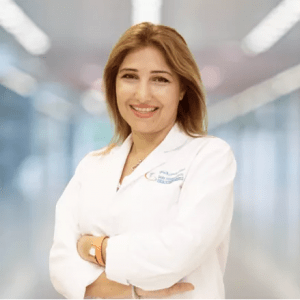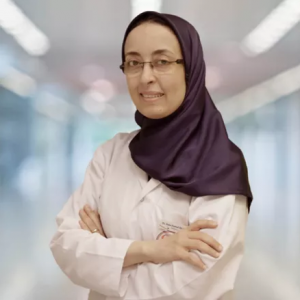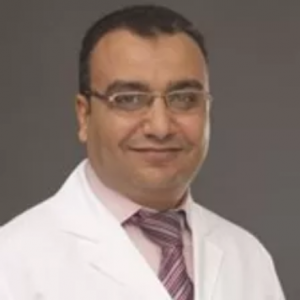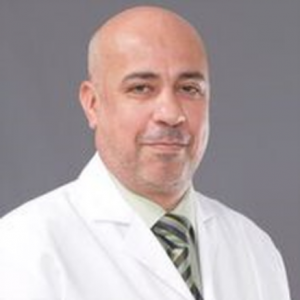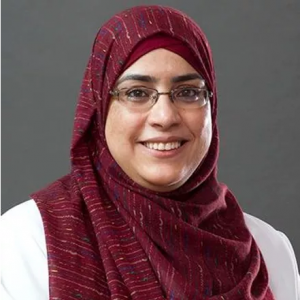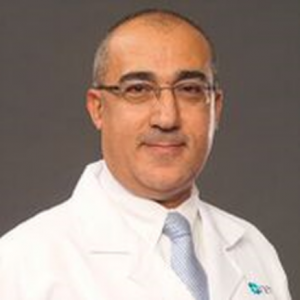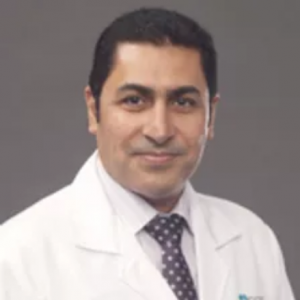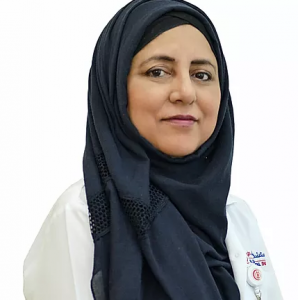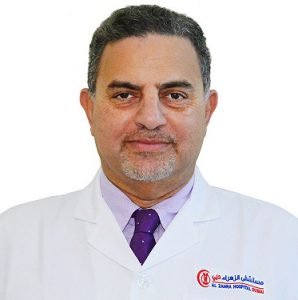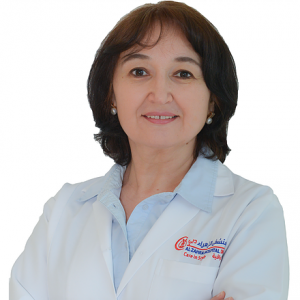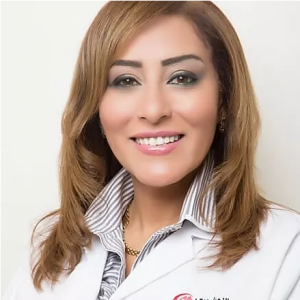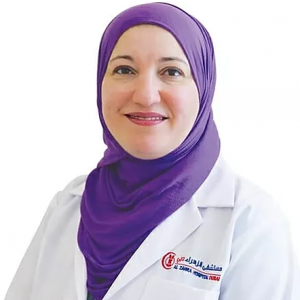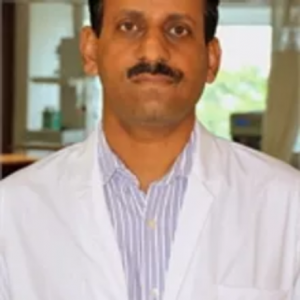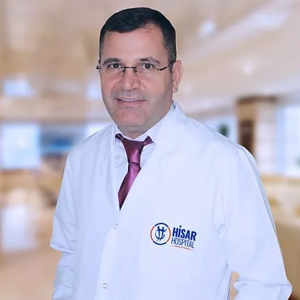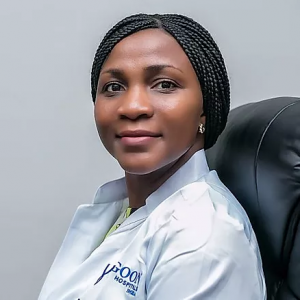Hyaline Membrane Disease
Hyaline membrane disease, otherwise called “Infant respiratory distress syndrome”, is breathing distress in newborns caused by not fully developed lungs. It is also called “respiratory distress syndrome”. A baby having respiratory distress needs extra oxygen to help to breathe. Hyaline membrane disease (HMD) is one of the most common problems identified in premature babies born six […] Read More
Top Doctors For Hyaline Membrane Disease Treatments
Top Hospitals For Hyaline Membrane Disease Treatments
Hyaline Membrane Disease
- Size and gestational age of your baby
- The severity of the disease
- Infection
- A heart condition – patent ductus arteriosus
- If the baby needs mechanical help to breathe.
- Premature babies; HDM occurs in about 60 – 80% of premature babies born before 28 weeks gestation, 15 – 30% of those born between 32 – 36weeks.
- Caucasian or male babies
- A mother who had given birth to an HMD baby in the past is likely to born an HMD baby.
- Caesarian delivery
- Cold stress, a condition that suppresses surfactant production.
- Perinatal infection
- Perinatal asphyxia (lack of air instantaneously before, during, or after birth)
- Multiple births
- Babies of diabetic mothers (too much insulin in the baby’s system can hold up surfactant production)
- Babies with patent ductus arterioles.
- Baby’s physical appearance, color, and breathing efforts.
- Chest X-ray of the lungs
- Blood gas test. This is used to be aware of the amount of oxygen, carbon dioxide, and acid in the blood.
- Echocardiography. An ultrasound that looks at the design of the heart and how it works.
- Inserting a breathing tube into your baby’s trachea.
- Using ventilation or exposure to air for your baby.
- Supplemental oxygen.
- Artificial surfactant.
- Continuous positive airway pressure [CPAP].
- Medications, which help in calming the baby and eases the pains gotten during the treatment.
- Chronic lung diseases like bronchopulmonary dysplasia.
- Leakage of the lungs, in which the lungs leak air into the chest, the sac around the heart, or elsewhere in the chest.
Symptoms
The occurrence of the symptoms of hyaline membrane disease may be at variance from one baby to another. Some common indications may consist of:
- Hasty breathing (tachypnea)
- Difficulty breathing at birth; which may step forward to worse
- Grunting sound breaths
- Flaring of the nostrils
- Chest retraction cyanosis (blue discoloration of the skin due to low blood oxygen)
These symptoms are generally brutal by the third day and clear rapidly after the baby goes on to pee surplus water in urine.
Causes
There a substance called surfactant, made in the cells of the airways and consists of phospholipids and protein. In healthy lungs, the surfactant is released into the lung tissue o help lower surface tension of the airways, which helps keep the lung's air sac (alveoli) open. When there is a shortage of surfactant, the tiny alveoli collapse with each breath. The collapse of the alveoli results in the collection of damaged cells in the airways, which makes it even harder for the baby to breathe. These damaged cells are called hyaline membranes.
As your baby fights to re-inflate the collapsed airways, the baby’s lung function decreases, less oxygen is inhaled and more carbon dioxide builds up in the blood. This may lead to acidosis (acidic blood), a condition that can affect other babies ’ organs. Without emergency treatment, your baby becomes choked up eventually gives up.
The surfactant begins to be produced in the fetus at about 24 -28 weeks. Most babies develop enough amounts of surfactant at 35 weeks gestation.
FAQ
What is the hallmark sign of ARDS?
The main indicator or warning sign of acute respiratory distress syndrome [ARDS] is the case of stern shortness of breath. This happens to build up within a small number of hours to few days after the precipitating injury or infection. Many people who happen to develop ARDS do not live on or survive. The risk of passing away increases with the age and the harshness of the illness.
What happens to alveoli in ARDS?
In the early of acute respiratory distress syndrome [ARDS], fluids from the smallest blood vessels in the lungs start leaking into the alveoli [the tiny air sacs where the swapping over of oxygen takes place]. The lungs become smaller and stiffer, and it becomes hard to breathe. Afterward, the quantity of oxygen in the blood falls.
What causes the lack of surfactant?
Surfactant dysfunction is caused by mutations in one of the several genes, including SFTPB, SFTPC, and ABCA3. Each of the aforementioned genes is involved in the production of surfactants. The production and release of surfactants prove to be a complex process.
What is a hyaline membrane in ARDS?
Hyaline membrane disease [HMD] is mostly diagnosed by a mixture of assessments, including appearance, color, and breathing efforts [in which these signs indicate your baby’s need for oxygen], and x-rays of lungs. Note that x-rays are electromagnetic energy used to turn out imagery of bone and internal organs into the film.
What organs are affected by ARDS?
Acute respiratory distress syndrome [ARDS] happens when the lungs become severely swollen or irritated from an infection or injury. The swelling causes fluid from nearby blood vessels to leak into the tiny air sacs in your lungs, in so doing, making breathing tough, more and more. The lungs can become inflamed or sore after pneumonia or severe flu.



